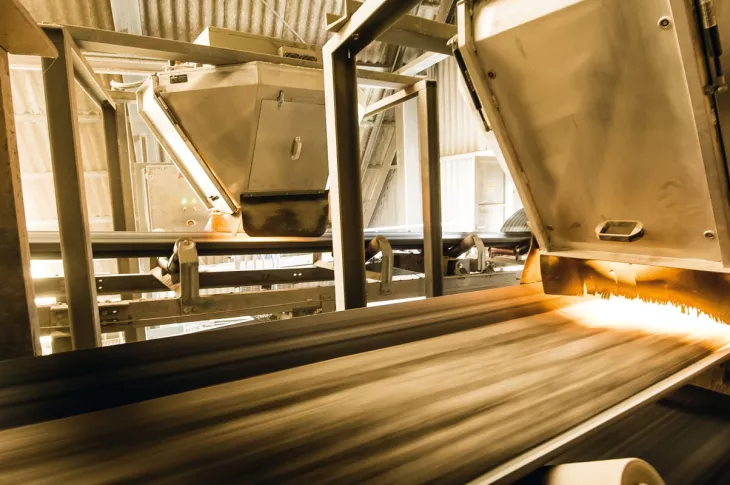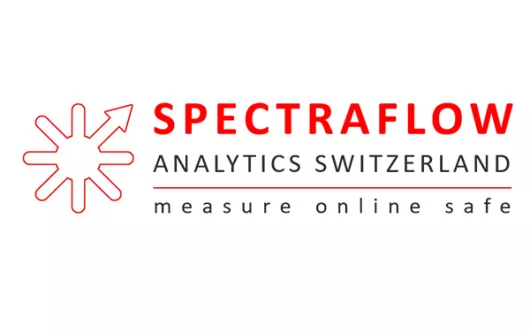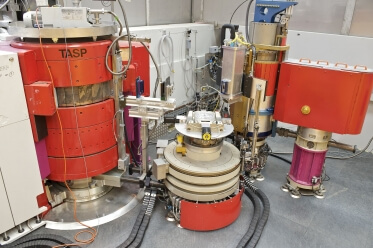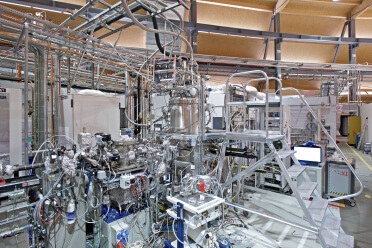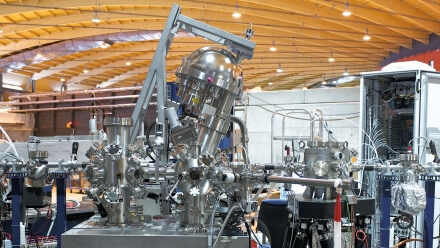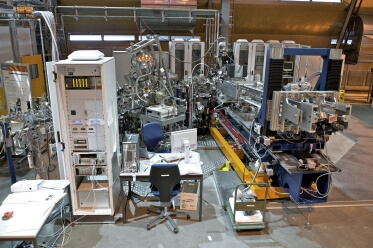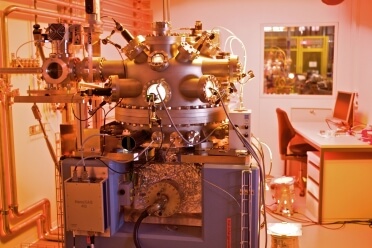Spectroscopy
Neutron and Synchrotron Spectroscopy – Two complementary methods for obtaining chemical information
Your benefits compared to lab based analytics
In many cases, the properties of a material are greatly influenced by the precise arrangement of the atoms in the material as well as by the presence of trace impurities. Spectroscopy is a method which is highly sensitive to local chemistry, chemical composition and related properties.
Synchrotron Spectroscopy allows high transmission with light elements, and strong contrast with heavier elements. Neutron Spectroscopy, on the other hand, allows strong contrast with light elements, and higher transmission with heavier elements.
This means that the two methods offer different yet complementary contrast possibilities.
Both Neutron and Synchrotron Spectroscopy, two different yet complementary forms of spectroscopy, deliver high spatial resolution, high throughput and real-time investigations. The data obtained provides further analytical capabilities, as described below.
We are looking forward to working with you.
Spectroscopy is used as a qualitative and quantitative measurement technology with the following analysis capabilities:
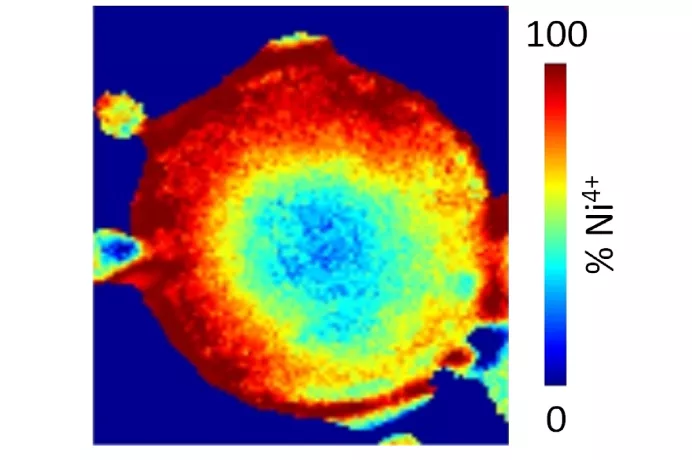
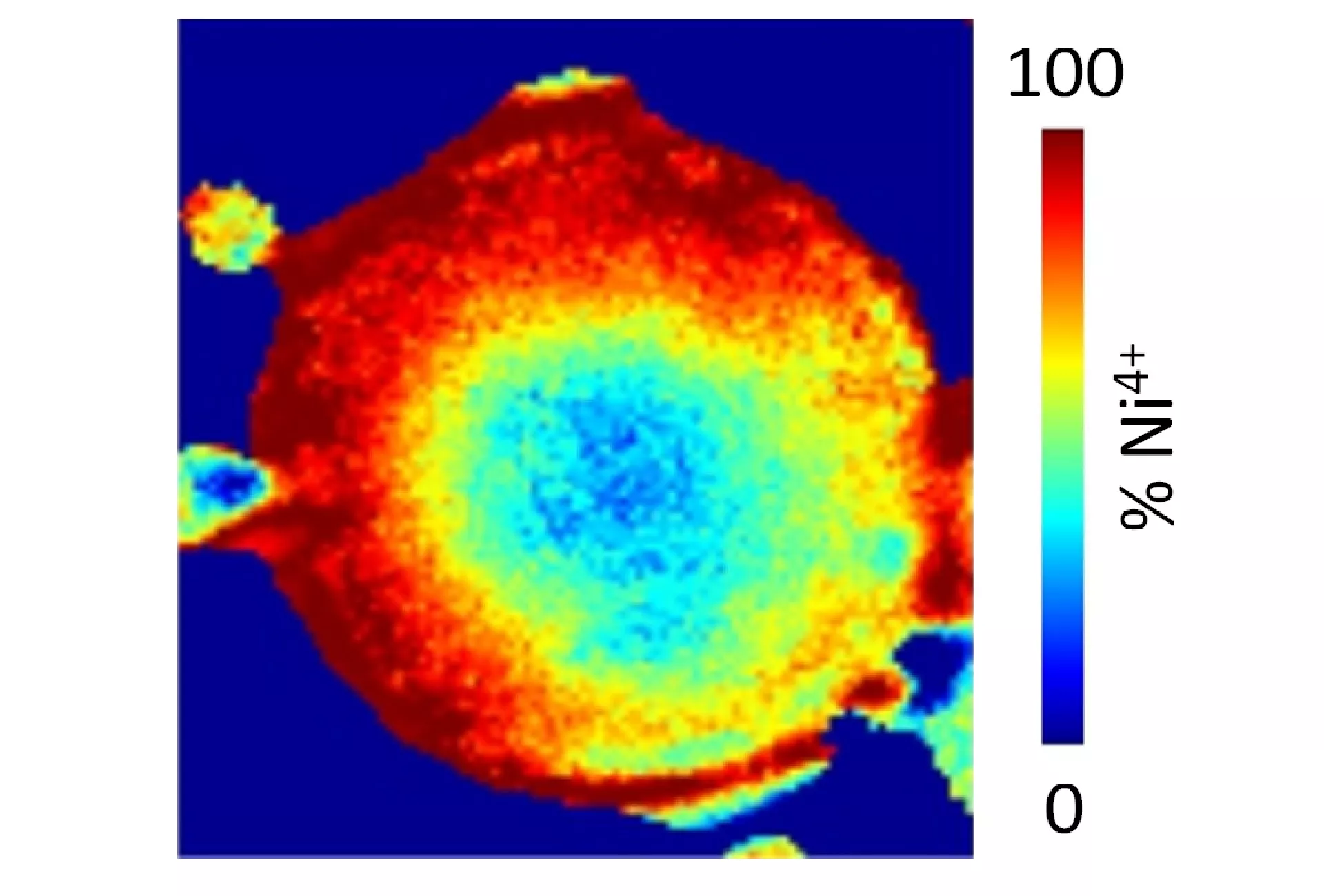
Chemical imaging analysis
- Identification of the quantitative distribution of chemical elements
- Identification of boundaries of domains with different chemical composition
- Identification of trace element or dopant distribution
- Identification of local chemical reactivity
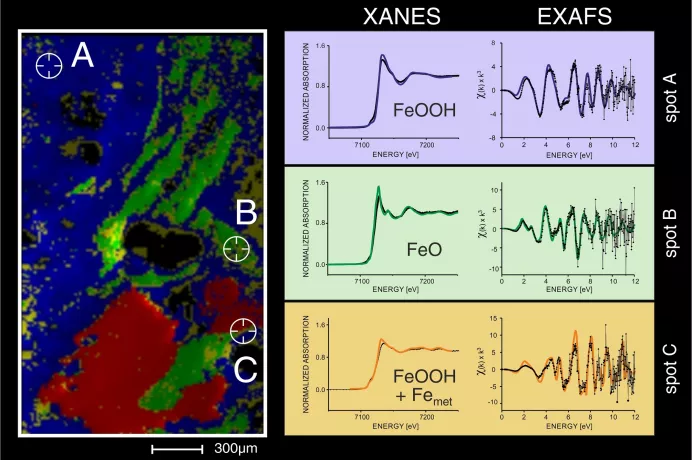
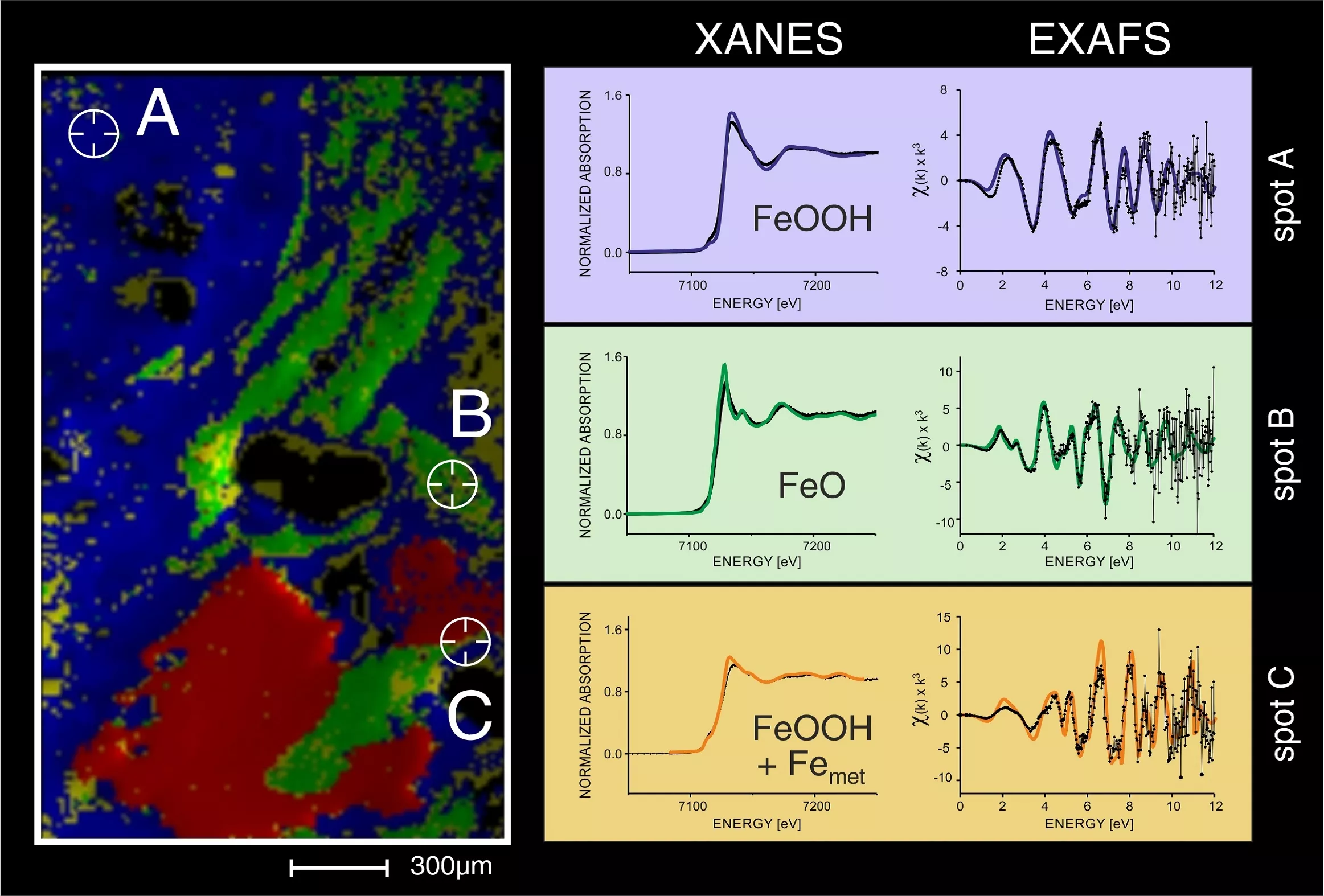
Chemical characterization
- Characterization of neighboring atomic arrangements of molecular structures
- Characterization of oxidation states
- Qualitative and quantitative analysis of major, minor, trace and rare elements
- Characterization of the diffusional or hopping motions of atoms
- Characterization of the rotational modes of molecules
Get in touch with us
The complimentary of Neutron and Synchrotron Spectroscopy
Selection of advantages of each technique
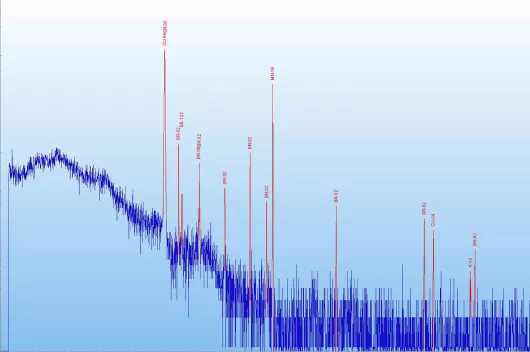
Neutron Spectroscopy
- Higher contrast for light elements (such as H, B, Li)
- Higher penetration of metallic elements (such as Ti, Cr, Fe)
- Higher contrast difference for neighboring elements (as example Pd and Rh)
- Higher penetration of heavy elements (such as W, Au, Pb)
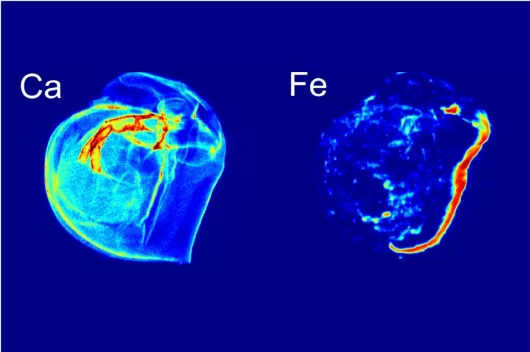
Synchrotron Spectroscopy
- Higher penetration for light elements (such as H, B, Li)
- Higher contrast for metallic elements (such as Ti, Cr, Fe)
- Higher spatial resolution compared to neutrons and lab-based X-ray systems
- Much higher temporal resolution compared to neutrons and lab-based X-ray systems
- Much higher sample throughput compared to neutrons and lab-based X-ray systems
Technical details of Neutron and Synchrotron Spectroscopy
Selection of detailed information
| Information | Neutron Spectroscopy | Synchrotron Spectroscopy |
|---|---|---|
| Spot Size | 40 mm x 40 mm |
1 µm x 1 µm |
| Resolution |
Δλ/λ = 10 % |
ΔE/E = 0.02 % |
| Temporal resolution |
Up to 1 Hz |
Up to 100 kHz |
|
Energy range |
2.3 - 25 meV |
0.5 - 40 keV |
|
Wavelength |
1.8 - 6 Å |
0.3 - 24.8 Å |
| Flux |
~ 107 - 108 cm-2 s-1 |
~1012 mm-2s-1 (monochromatic) ~1011 µm-2s-1 (focused, monochromatic) |
The way we work with you
Your
challenge
Competent
consulting
Applied material analytics with Neutron and Synchrotron radiation &
tailor-made infrastructure
Data analysis and interpretation
Final
report
Our analytical tools for your questions
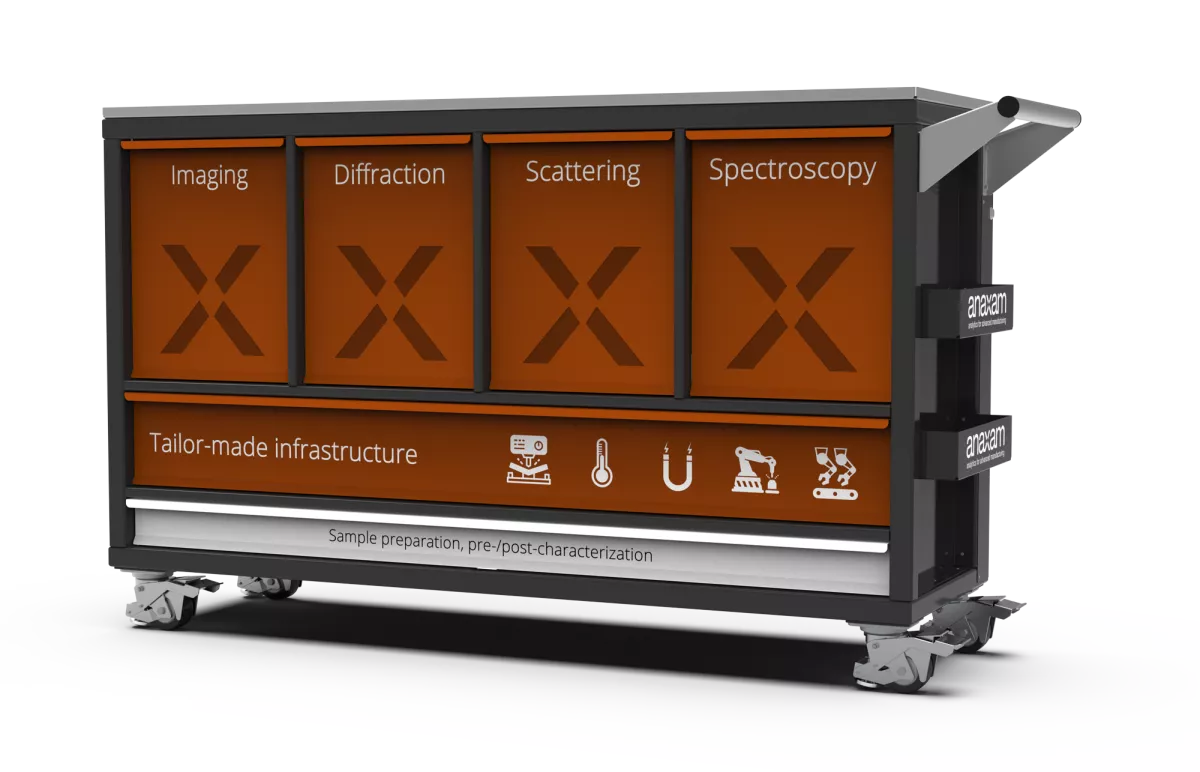
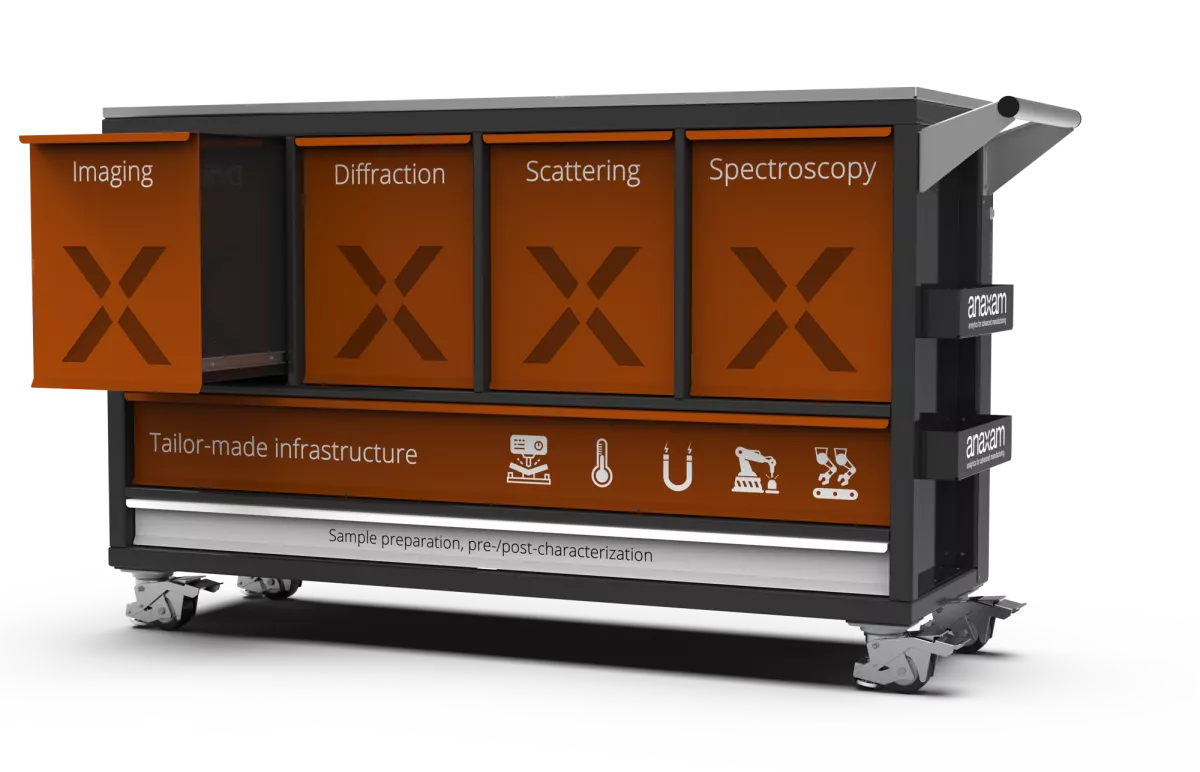
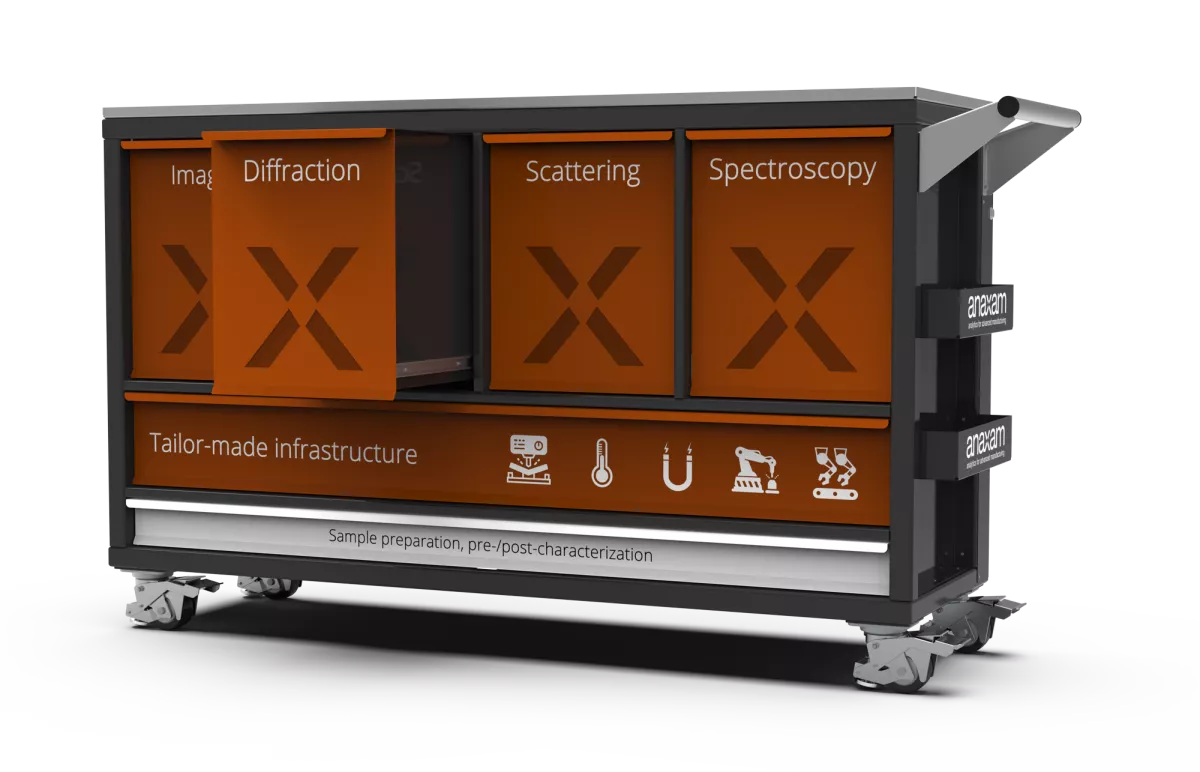
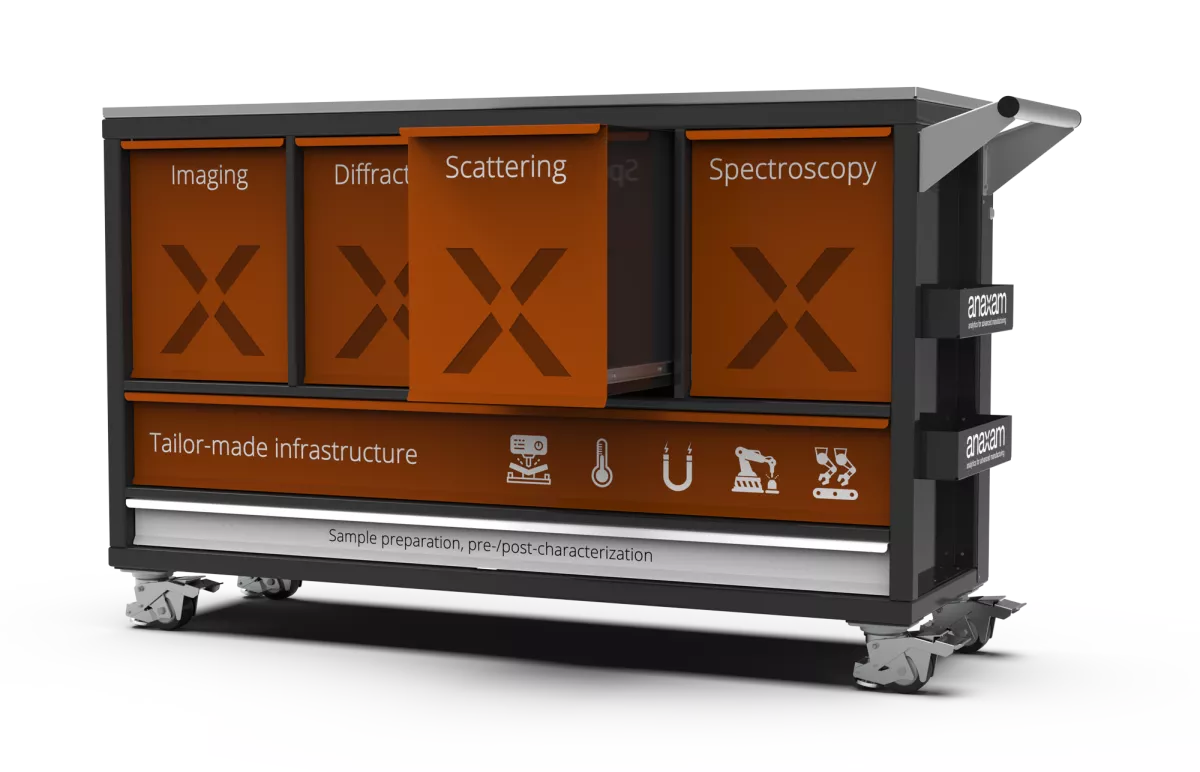
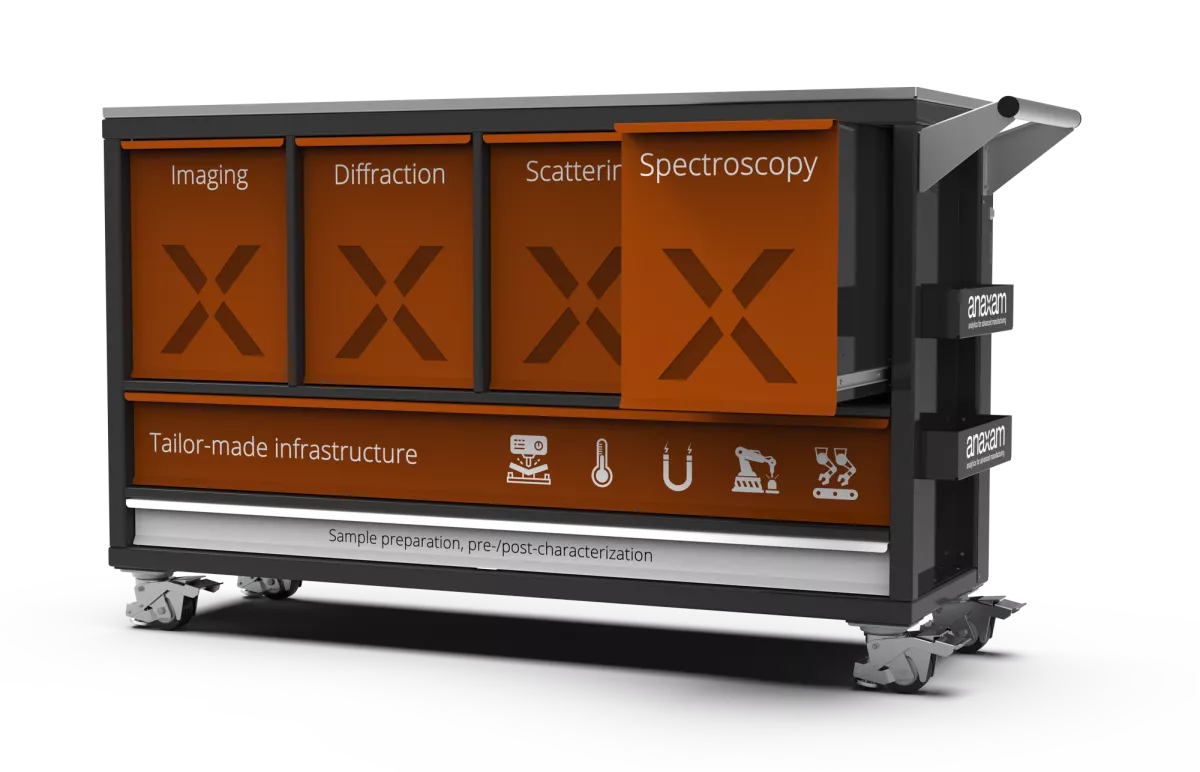
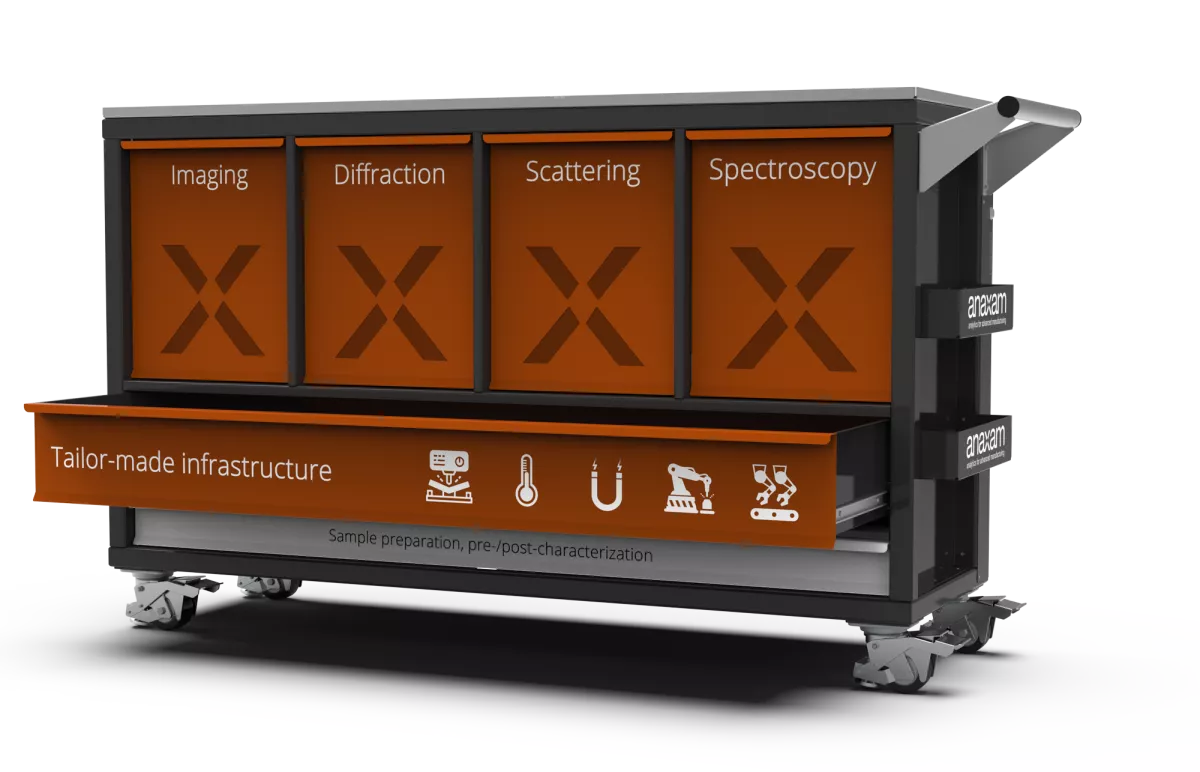
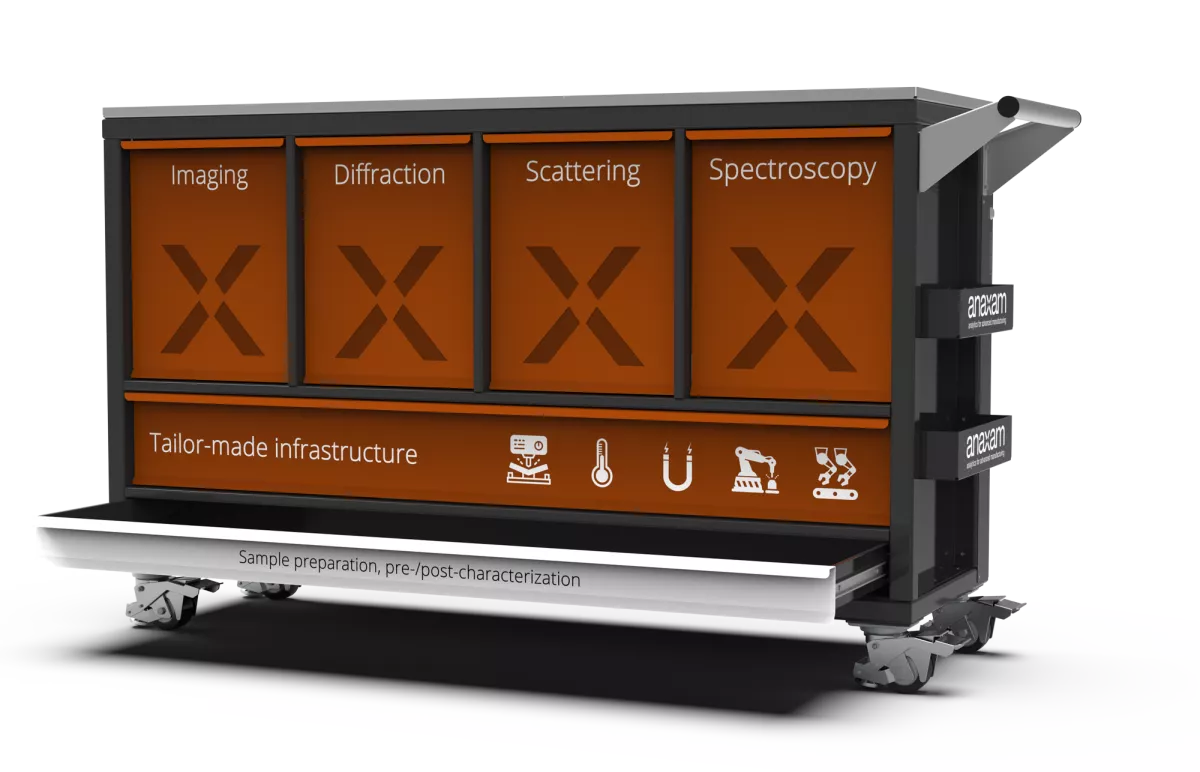
Sample preparation and pre- /post- characterization
Move your mouse over the drawers to explore our tools for applied material analytics.
Click the drawers to learn more
Tap the drawers to learn more

